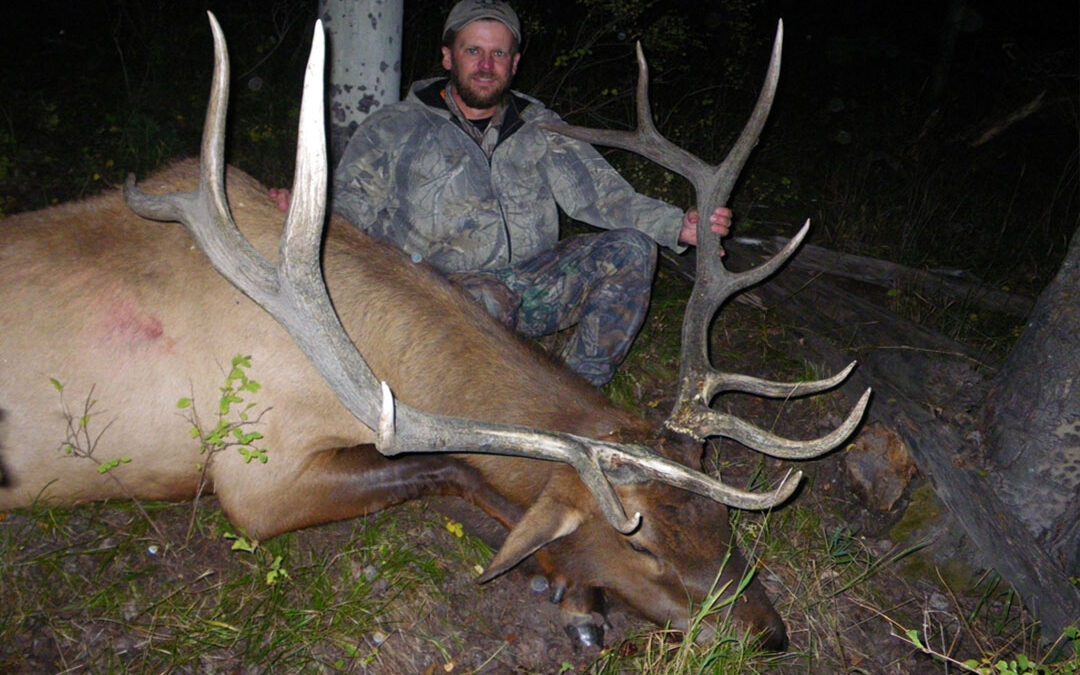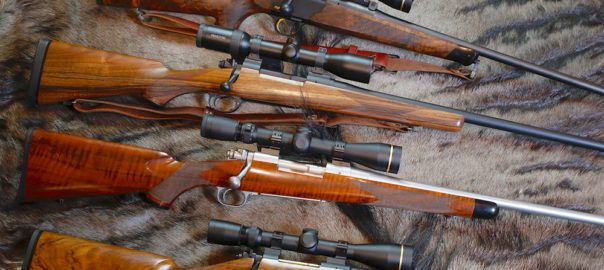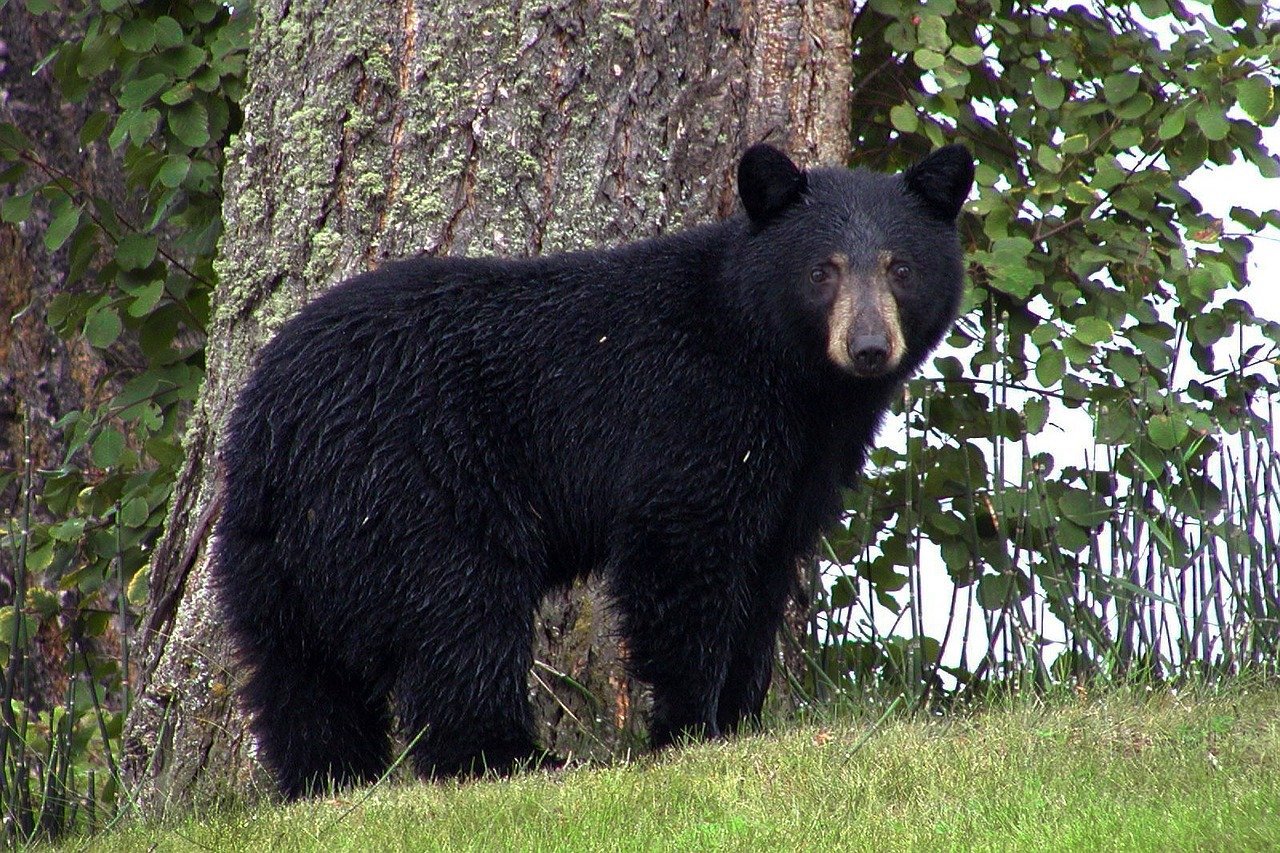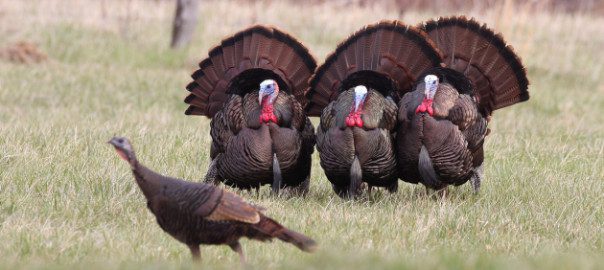I first fell in love with the image while in college. I saw the print hanging on the wall of a local sporting goods store and couldn’t help but stare. At $250 it was a lot of money for a cash-strapped student, but try as I might, I could not get the image out of my mind, so I took it home and hung it in its spot near the fireplace. I can’t tell you how many times I have sat before a crackling fire on an icy winter evening, watching the bull as he seemed to move in the flickering firelight like a pictograph on the wall of some ancient hunter’s cave. Over time, that bull became etched into my subconscious as the epitome of what a trophy elk should look like. But I never found his equal in the field.
Then, in 2012, my luck began to turn. I picked up the mail one day and found an envelope from the Utah Division of Wildlife Resources. With guarded enthusiasm, I opened the envelope, and into my lap fell a tag for the Wasatch Mountains elk unit. In that moment, all of my fall hunting plans changed.
The hunt would start September 15. In most years, that would be right in the peak of the rut, but I was a little worried, as the summer of 2012 was one of the hottest and driest in recent history. I wasn’t sure what to expect when my wife and I pulled into camp two days before the opener and began to scout in earnest. If the elk were not rutting, it would make things much more difficult.
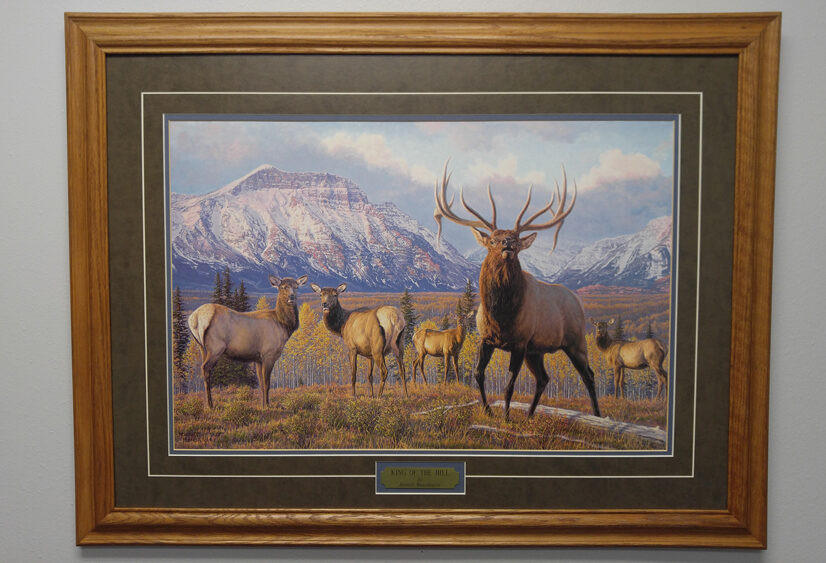
“King of the Hill.”
Then something magical happened. During the night a cold front moved in, and when I threw the flap to the wall tent open, I was greeted by bitterly cold air and heavy frost on the sun-cured grass by the creek. It was seventeen degrees. The old-timers always told me that elk will hit “full bugle” when the temperature drops into the teens after the first full moon in mid-September, and right they were. Every canyon seemed to have several bulls bugling, chasing cows, and fending off other bulls. I saw more than 20 bulls that day; 12 were mature six-by-sixs, any of which would make an excellent trophy.
Opening day dawned clear and still bitterly cold. We hiked eight miles and saw several bulls that day, but none of them spoke to me. After waiting 14 years, I was not being too hasty.
And so it went the next few days. We would rise at 4 a.m., be in the field before light, and stalk several bulls each day, but I never saw the bull from the painting. We heard so many bulls bugle that the sound seemed to get stuck in our heads. They bugled all day, and we fell asleep each night listening to bulls in the surrounding canyons.
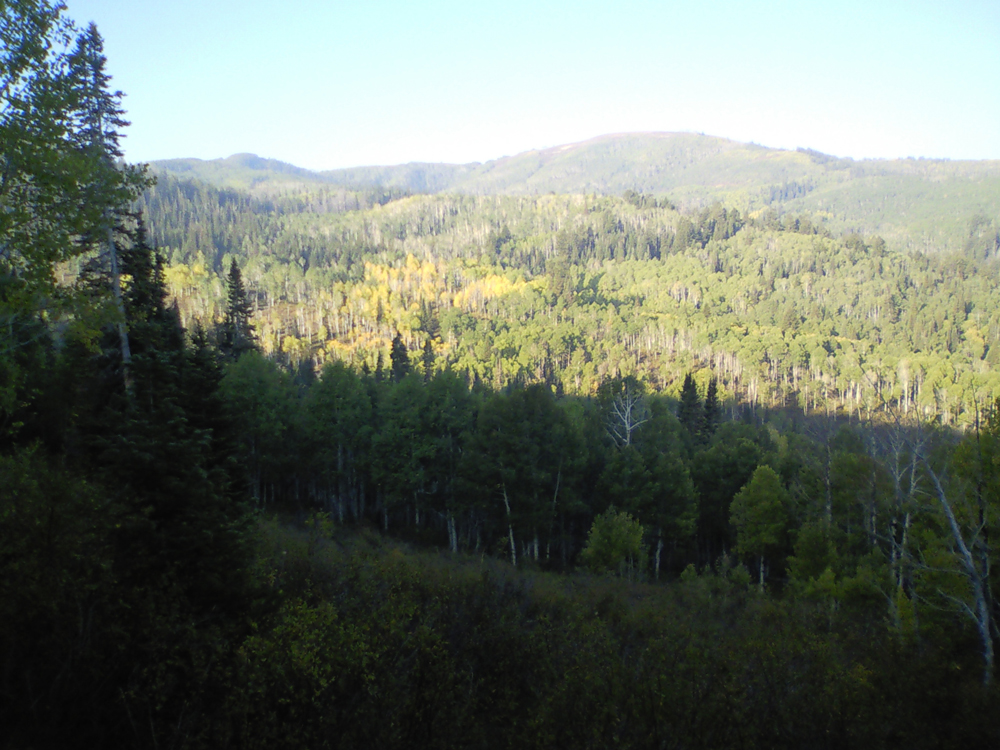
Sawmill Canyon.
As it turns out, I had been walking right by the old bull each day. The bull was a loner, so old that he no longer kept a harem. He lived up in the head of a deep, rocky, timber-filled canyon just a mile or so from camp. I would love to say that I called him in or stalked him in his bed in the black timber, but that is not what happened at all. The bull found me.
We were walking back to camp after another long day of hunting in the roadless area. It was late, but there were still 30 minutes of light left, so I decided to stop by a little beaver pond in the bottom of the canyon below camp. I had heard elk calling from this spot for several nights, and the mud around the pond reeked with the pungent smell of rutting bulls.
I did not have to wait long. After about five minutes a nice six-point pushed his little herd of cows out of the timber toward the pond. The day had been warm, and the cows seemed excited to drink as the bull milled around and bugled. It was late in the hunt, and I nearly shot the bull. I raised the rifle and looked at the crosshairs, stark and black against his tan, sun-bleached shoulder, but something just wasn’t right. It would be the bull of my dreams or none at all.
Then, as if on some prearranged cue, a twig snapped behind us. Another elk was coming to water. We froze in place as we heard each step bring the unseen animal closer.
I slowly turned my head. At first, the elk was screened by a line of low fir trees, but he soon stepped out at 16 yards and stood glaring at the bull below me. The old bull was breathtaking. His rack was over 50 inches wide and had that perfect, boxy look of the bull in the painting. Then he bugled. I can tell you that at 16 yards the bugle of a massive, old bull is something to behold. It was so loud that I could feel it vibrate in my chest.
This was the bull I was destined to take. I slowly raised my .30-06, but the bull saw my movement and spun 180 degrees. As he turned broadside, the crosshairs found the crease behind his shoulder, and I pressed the trigger. It did not take long for the old bull to die. He dropped at the shot and lay on his side, stretched out his legs, and sighed. For the first time in days, the woods fell silent.
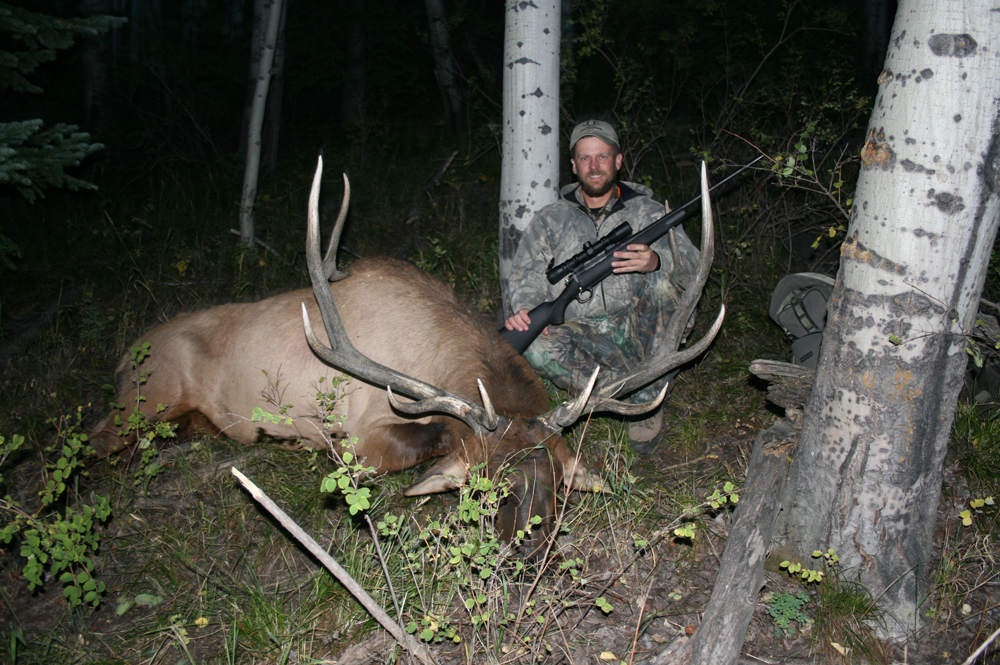
A dream bull becomes a reality.
A biologist later determined that the old bull had spent ten years on the plateau. After all that time, I don’t know what twist of fate brought us together. I am sure he had eluded hundreds of hunters, fought countless battles, and sired dozens of calves. He now hangs on the log wall beside the fireplace, in the same spot where the painting once was, and on those cold winter nights he, too, seems to move in the flickering firelight.

